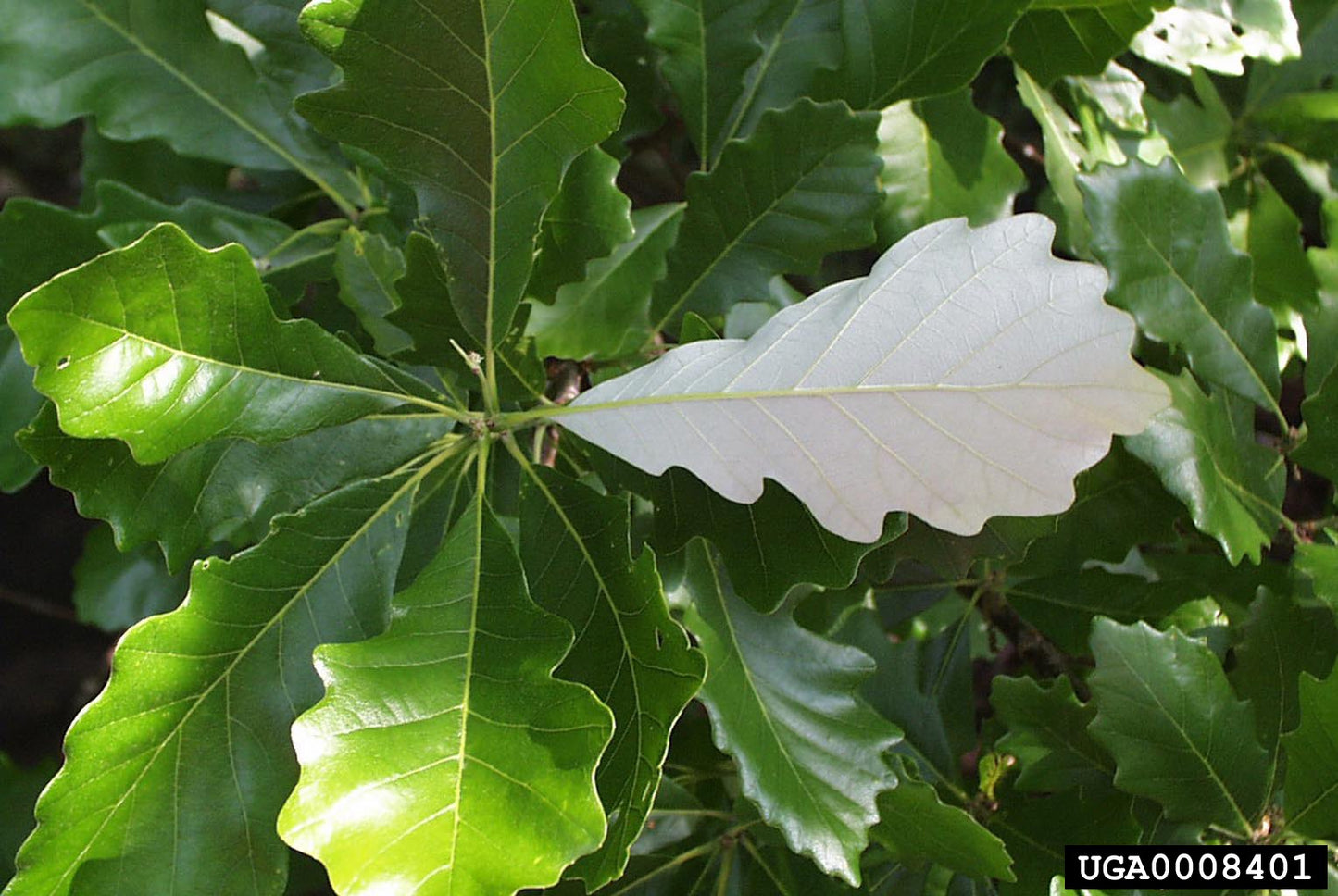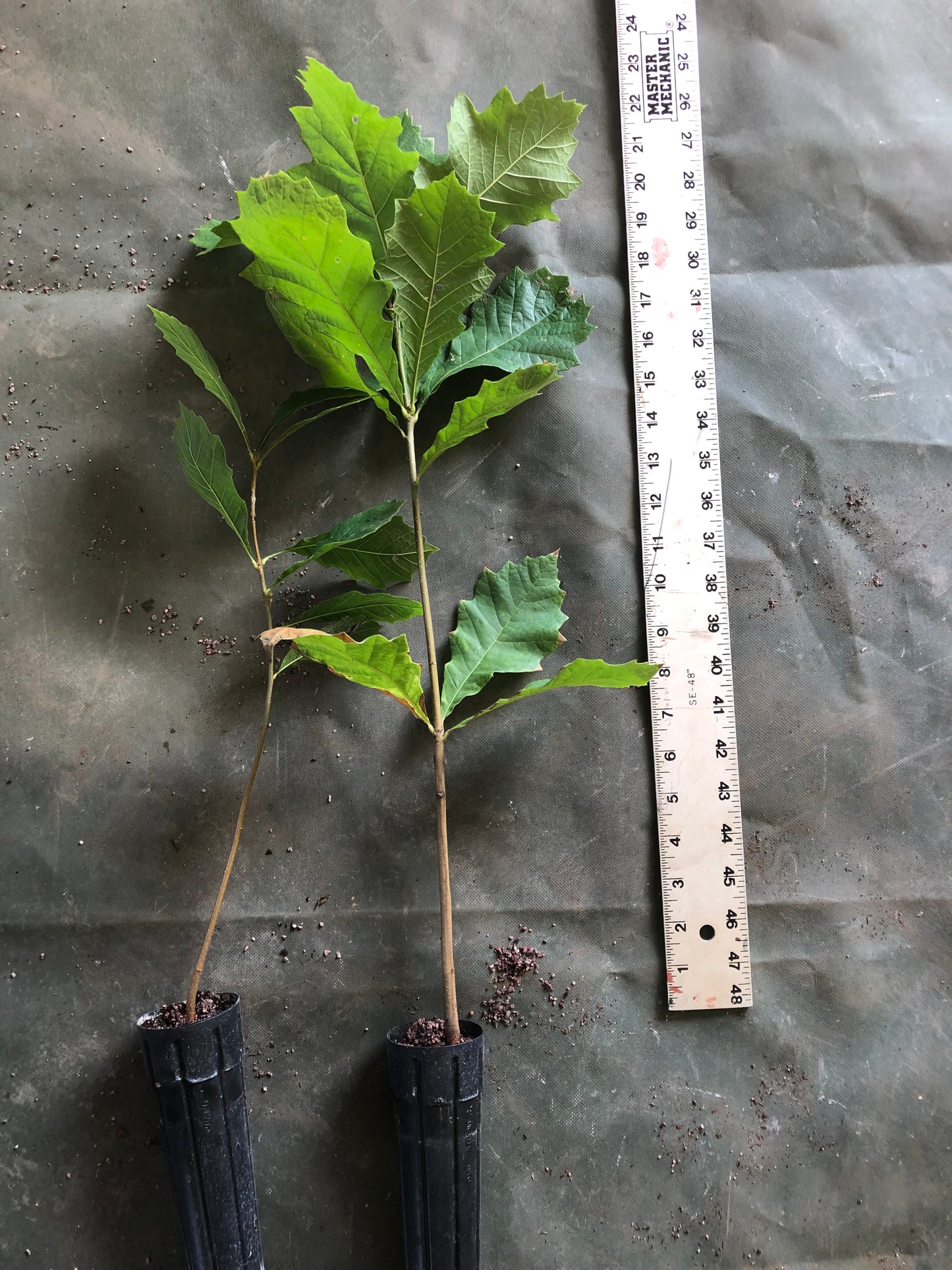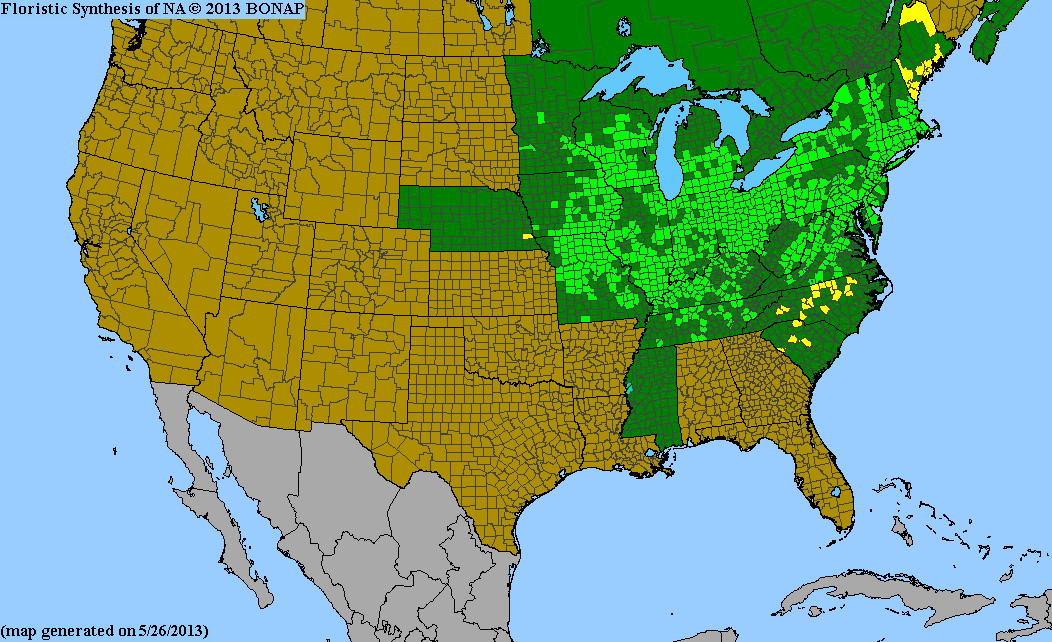Containerized Plant Material
Swamp White Oak (Containerized)
Swamp White Oak (Containerized)
Couldn't load pickup availability
25 plants per unit (containerized seedlings)
Quercus bicolor, or Swamp White oak, is a great oak for riparian or watery locations. While it is not native to Kansas it is adaptable to the northeast portion of Kansas.
Swamp White oak is one of the most widely distributed deciduous hardwood trees in Kansas. It is one of our largest and longest-lived hardwood trees reaching a mature height of 50 to 70 feet and a crown spread of 40 to 60 feet. It has a massive trunk, short branches and a large, round crown. It is commonly considered slow growing, however, on a fertile site with adequate moisture, after a couple of years establishing its roots, it can grow two to three feet a year.
Leaves, Stems, and Fruit
The leaves are simple and alternately arranged on the twigs. They are 6 to 10 inches long and 4 to 5 inches wide with the broadest portion toward the outer end of the leaf. Usually, there are 5 to 9 lobes separated by deep indentations with the top surface being darker green than the underside. Young twigs are light brown and smooth but corky ridges often develop after the second year. Flowers appear in April or May with both male and female flowers borne on the same tree. Fruit is a large, nearly round acorn enclosed 1/2 or more by a large fringed cup. The bark of older trees is dark with deep vertical furrows.
Use
Windbreaks - Because of its large size and long-lived qualities, Swamp White oak is an excellent choice in a multi-row windbreak. It is, however, relatively slow-growing and does not tolerate shaded conditions, therefore, it should not be planted adjacent to fast-growing species which might over top it without adequate space between species.
Timber - The wood is heavy, hard, strong and durable. Some uses include construction, furniture, barrel heading, implements, interior finish, and paneling.
Wildlife - Acorns constitute a good staple food for a variety of birds and animals. Woodpeckers, jays, flickers, squirrels, whitetail deer and gamebirds such as wild turkey and wood duck are important species that consume the acorns. It is also a great tree for riparian plantings.
Adaptation and Soil
Swamp White oak has adapted to the Eastern half of the state and grows best on moist, loamy soils but it will grow on most soils if adequate moisture is available. Moisture is a limiting factor on most upland soils.
Spacing
It is normally spaced 10 to 18 feet within the row. Space the rows 20 to 24 feet from adjacent trees or shrubs to prevent the oak from over-growing smaller plants or to prevent fast growing plants from over-growing the oak. In a timber planting, Swamp White oak can be planted in 10 x 10 feet to 15 x 15 feet spacing.
Culture
One-year-old, container-grown seedlings, 12 to 18 inches tall are used in plantings. Survival is generally good. Initial growth is centered around root development. Two to three years after planting, top growth should average 8 to 12 inches annually with good weed and grass control; growth may reach 40 inches annually with adequate moisture.
Pests
Swamp White oak is very hardy and disease resistant. Few known major insect or disease problems exist.







